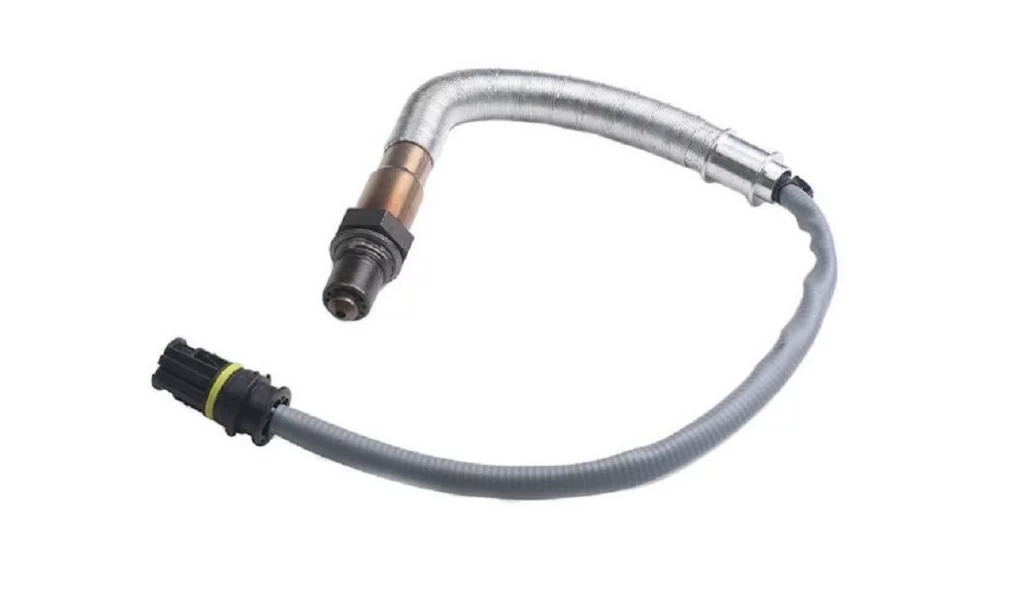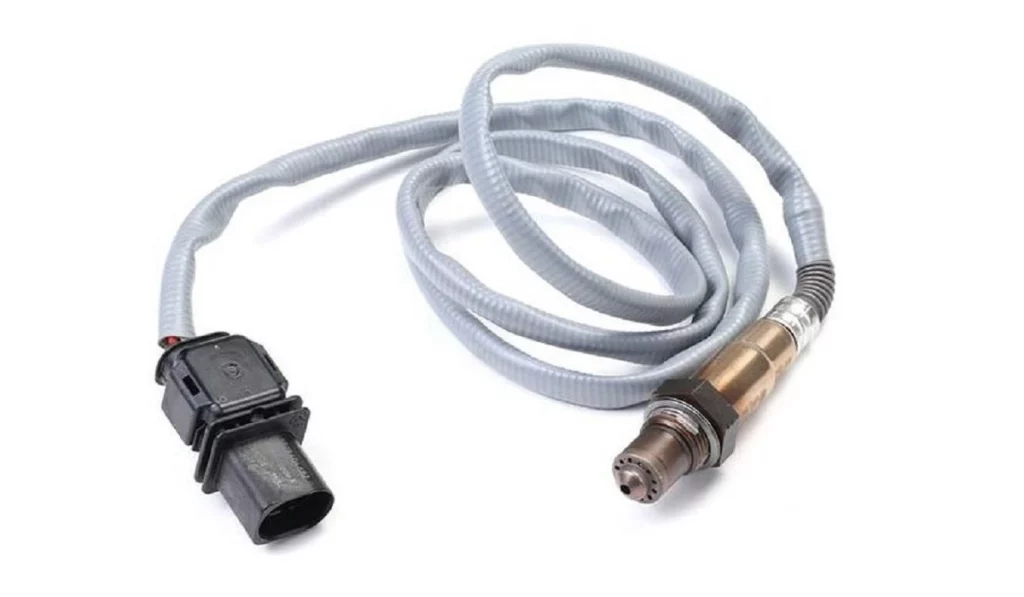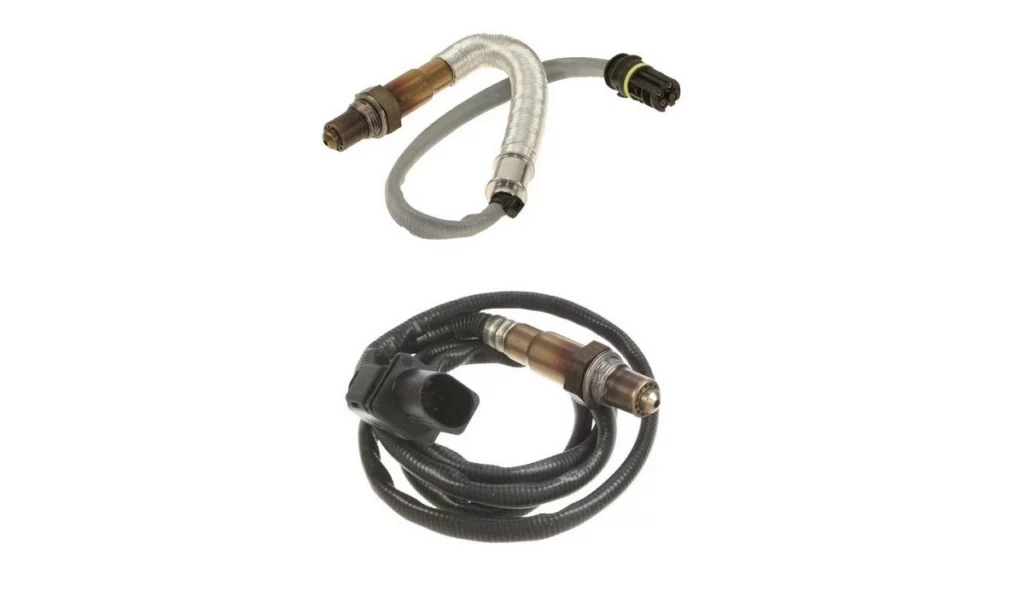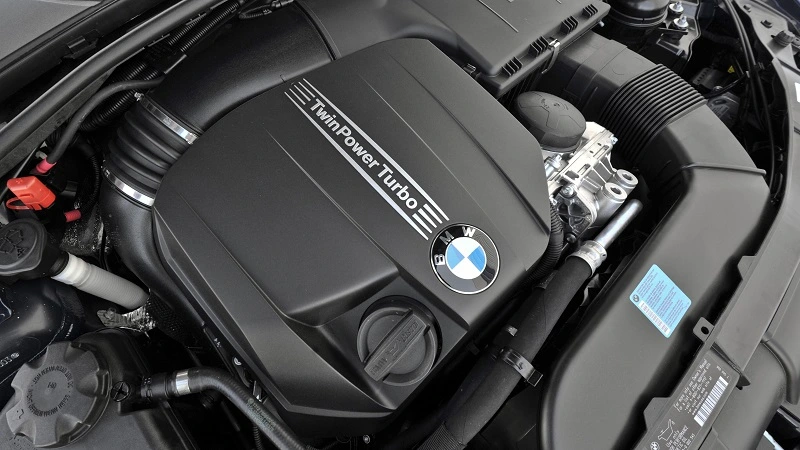Welcome to our guide on the 2C9C BMW code, a Diagnostic Trouble Code (DTC) your car’s computer sends to inform you of an issue with the oxygen sensor heater. But what does that mean, and why does it matter? Let’s break it down in simple terms.
An oxygen sensor heater is vital to a vehicle’s emission control system. It is designed to warm up the oxygen sensor when the engine starts quickly. This heating element, typically made of ceramic materials, operates at temperatures around 600 to 800 degrees Fahrenheit.
The 2C9C BMW code specifically points to a problem with the oxygen sensor heater. In this blog post, we’ll explore what this code means, why it’s important, and what steps you can take to address the issue. So, buckle up as we uncover the 2C9C BMW code and shed light on the oxygen sensor heater fault.

Understanding the 2C9C BMW Code
So, what exactly is the 2C9C BMW code, and why is it lighting your dash up? Let’s break it down:
What is the 2C9C BMW Code?
The 2C9C BMW code follows a specific format used by your BMW’s onboard diagnostics system. It’s like a message from your vehicle’s brain telling you there’s an issue with the oxygen sensor heater. In simpler terms, it’s a DTC indicating that something’s off with a crucial part responsible for ensuring your engine runs efficiently.
How Does the Code Get Generated?
The 2C9C BMW code is not some mysterious phenomenon; it’s generated when your car’s computer detects a deviation from the expected values related to the oxygen sensor heater. Think of it as your car’s way of letting you know, “Hey, something’s not right with the oxygen sensor heater, and you should probably check it out.”
Common Models Affected
The 2C9C BMW code isn’t exclusive to one model or type of BMW. Various BMW models might encounter this code, making it essential to understand its implications, regardless of the specific vehicle you drive.
How Many O2 Sensors Are in a Car?
The number of oxygen sensors in a vehicle varies depending on the year, make, model, and engine size. Generally, each cylinder bank in a modern car has at least two oxygen sensors, both upstream and downstream. Vehicles with a ‘V’ or flat engine configuration have two banks, whereas inline or flat configuration engines have one.
Upstream oxygen sensors are located before the catalytic converter and directly influence fuel mixture adjustments by measuring exhaust oxygen levels and optimizing engine efficiency and performance. They ensure optimal combustion and influence fuel economy and engine performance.
On the other hand, downstream oxygen sensors are positioned after the catalytic converter to monitor its effectiveness in reducing emissions by assessing residual oxygen in the exhaust. The downstream oxygen sensor is essential for emission control and ensures the catalytic converter operates correctly.
The Oxygen Sensor Heater Function
An oxygen sensor heater is a component of an oxygen sensor, also known as an O2 sensor, which is a crucial part of a vehicle’s emission control system. The oxygen sensor measures the amount of oxygen in the exhaust gases, providing feedback to the digital motor electronics (DME) to optimize the air-fuel mixture for combustion.
Here’s how an oxygen sensor heater works and its significance:
- Purpose: The oxygen sensor heater is designed to warm up the oxygen sensor quickly when the engine is started. This is particularly important during cold starts because the sensor needs to reach its operating temperature for accurate and efficient operation.
- Structure: The oxygen sensor has a heating element embedded in the sensor. This element is usually made of a ceramic material with a conductive coating powered by the vehicle’s electrical system.
- Operation: When the engine is started, the DME sends a signal to the oxygen sensor heater, providing power to the heating element. The heater warms up the sensor to its operating temperature, typically around 600 to 800 degrees Fahrenheit (315 to 427 degrees Celsius), allowing it to provide accurate readings quickly.

Significance
- Improved Performance: Rapidly reaching the operating temperature enhances the sensor’s responsiveness and accuracy, enabling the DME to make real-time adjustments to the air-fuel mixture.
- Emission Control: Proper air-fuel mixture control helps minimize emissions, contributes to compliance with environmental regulations, and improves fuel efficiency.
Symptoms of a bad oxygen sensor heater
Now that we have grasped a keen understanding of what a 2C9C BMW Code is, what an oxygen sensor heater is, and how it works, let us discuss the symptoms your BMW usually shows when detected with such an issue. In this section, we have listed some of the most common signs that can aid in your diagnostics:
Engine Warning Light
The most common sign that tells you something is wrong with your BMW’s engine is the illumination of the check engine light on the vehicle’s onboard dashboard system. This light is a general indicator of a problem within the engine management system.
Rough Idling or Poor Performance
A malfunctioning oxygen sensor heater can adversely affect the engine’s performance, leading to rough idling or poor overall operation. The compromised heater may result in suboptimal air-fuel mixture control, impacting the engine’s smoothness during various operating conditions.
The same symptoms can occur if you have an issue with your ignition system. Worn-out sparkplugs or a failing ignition coil could also cause this. It is important to use an OBD-II scanner to ensure the diagnosing process is followed efficiently.
Reduced Fuel Efficiency
One of the most obvious signs of having an oxygen sensor heater issue is a significant drop in your BMW’s fuel efficiency. A faulty heater can lead to delayed sensor response, causing the engine to run at higher RPMs for a bit longer during cold starts, lowering fuel efficiency.
Increased Emissions
The malfunctioning oxygen sensor heater causes inaccurate readings and increased vehicle emissions. The inaccurate sensor data hinders the engine’s ability to efficiently control the air-fuel mixture, resulting in higher emission levels.

Common Causes behind the Oxygen Sensor Heater Fault
After reviewing the symptoms of the oxygen sensor heater issue, the next step is to investigate the causes of the 2C9C BMW code. Understanding the potential causes can help pinpoint the problem more effectively. In this section, we have gathered the most common causes of oxygen sensor heater malfunction.
Electrical Issues
The first and most apparent cause is from within your BMW. Electrical issues related to the 2C9C BMW code involve problems within the oxygen sensor heater’s electrical circuit. Damaged wires, faulty connections, or issues in the sensor’s wiring harness can disrupt the power supply, affecting the heater’s function and causing the code to appear on your BMW’s onboard diagnostics system.
Wear and Tear
Heater element malfunction occurs when the heating component within the oxygen sensor deteriorates or fails. Over time, wear, age, or manufacturing defects can compromise its effectiveness, leading to an inadequate heating process and triggering the 2C9C code in BMW vehicles.
Your BMW Deserves the Best — Premium Parts at the Lowest Prices
At Bimmers.com, we pride ourselves on providing an unparalleled array of genuine BMW and OEM parts at the lowest prices available online. We’re dedicated to ensuring every BMW owner can access premium quality parts without financial strain.
Our carefully selected inventory is designed to cater specifically to your BMW, promising compatibility and OEM quality. With Bimmers.com, significant savings on high-quality parts are guaranteed, solidifying our position as the preferred choice for budget-savvy BMW DIYers who refuse to compromise on quality.
Diagnostic Procedures
Now that we have insights into the potential causes of the 2C9C BMW code, it’s time to roll up our sleeves and explore practical steps for diagnosing the oxygen sensor heater fault. Here’s a comprehensive guide on how to uncover the source of the issue:
Step-by-Step Guide on Diagnosing the 2C9C Code
- OBD-II Scanner: Invest in an OBD-II scanner, a valuable tool for reading diagnostic trouble codes. Connect it to your BMW’s OBD-II port to retrieve the 2C9C code and additional relevant data.
- Visual Inspection: Conduct a visual inspection of the oxygen sensor and its wiring. Look for damaged wires, loose connections, or signs of contamination. Address any visible issues that might be affecting the sensor’s performance.
- Check Heater Resistance: Measure the resistance of the oxygen sensor heater using a multimeter. Compare the readings to the manufacturer’s specifications to determine if the heater is within the acceptable range.
- Heater Circuit Testing: Perform tests on the heater circuit to ensure no interruptions. This involves checking for continuity and proper voltage supply to the oxygen sensor heater.
- Interpret Live Data: Use the OBD-II scanner to access live data from the oxygen sensor. Analyze parameters like voltage, resistance, and temperature to identify deviations from expected values.
Interpreting Live Data
- Understanding Sensor Readings: Interpret live data from the oxygen sensor, focusing on critical parameters like oxygen sensor voltage and heater status. Deviations from expected values may indicate the source of the problem.
- Comparing Data: Compare live data readings with established specifications for your specific BMW model. This comparative analysis can help pinpoint irregularities and guide you toward a more accurate diagnosis.
Solutions and Fixes for 2C9C BMW Code
We assume you have acknowledged everything about the 2C9C BMW Code and its relevance to the oxygen sensor heater issue — its symptoms, causes, and diagnostic steps. The next step is to follow a procedure to resolve the issue. We have broken down the steps to its solutions in this section.
- Replace the Oxygen Sensor: If the heater element is malfunctioning, replacing the oxygen sensor is often the most effective solution, as the heater is integrated into the oxygen sensor. Ensure you use a genuine BMW, OEM, or a high-quality aftermarket part.
- Address Wiring Issues: If the problem lies in the electrical circuit, repair or replace damaged wires and connections. Ensuring a secure and reliable electrical connection is crucial for the oxygen sensor heater to function adequately.
- Replace DME: If the measures mentioned above don’t fix the issues, the Digital Motor Electronics (DME) is certainly malfunctioning or damaged, leading to a constant error code display. In such cases, it can be helpful to consider replacing the DME for successful treatment.

Tips for Preventing Future Occurrences
- Regular Maintenance: Incorporate regular vehicle maintenance into your routine, including checks on the oxygen sensor and its associated components. This proactive approach can help identify potential issues before they escalate.
- Use High-quality Fuel: To prevent problems with the oxygen sensor heater, it’s always advisable to use the fuel recommended by the manufacturer or something with a high octane rating.
- Timely Repairs: Address any issues shortly to prevent further damage. Ignoring the 2C9C code or postponing repairs can lead to more significant problems and potentially affect other vehicle components.
Fix the 2C9C BMW Code Using a Quality Oxygen Sensor Heater
Your BMW is more than just a car; it symbolizes your passion and commitment to excellence. Recognizing the importance of maintaining its legacy as a top-tier performance vehicle is crucial. The engine, the core power source of any Internal Combustion Engine (ICE) vehicle, is at the heart of this legacy. The less visible components, such as the oxygen sensor’s heater, are equally vital. This small yet critical part plays a significant role in heating the oxygen sensor, contributing significantly to your BMW’s overall efficiency.
If you’re encountering issues with this component and see an engine warning light on your instrument panel, it indicates that attention is needed. But there’s no need to worry. By reaching this point in our discussion, you have gained a comprehensive understanding of the symptoms, causes, diagnostic procedures, and solutions related to this issue.
The next and final step is sourcing quality replacement parts for your BMW. Bimmers.com offers a wide selection of genuine BMW, OEM, and high-quality aftermarket oxygen sensor heaters and related components. Visit our store to find the perfect, high-quality oxygen sensor heater that seamlessly fits your BMW, ensuring your beloved vehicle continues performing at its best.





